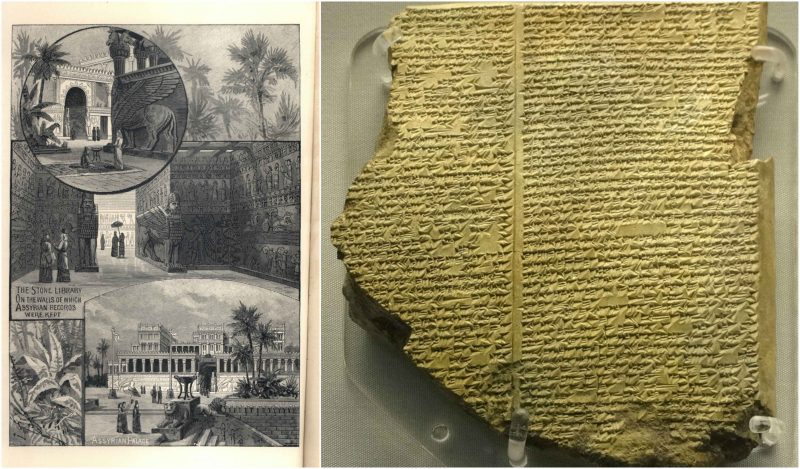The Royal Library of Ashurbanipal had more than 30,000 clay tablets and fragments containing different texts from the 7th century, BC. It is the first library in the Near East with a systematical organization of its material.
The library was created for the royal family, and it contained the king’s personal collection, but it was also opened to priests and respected scholars. The library was named after Ashurbanipal, the last great king of the Neo-Assyrian Empire.
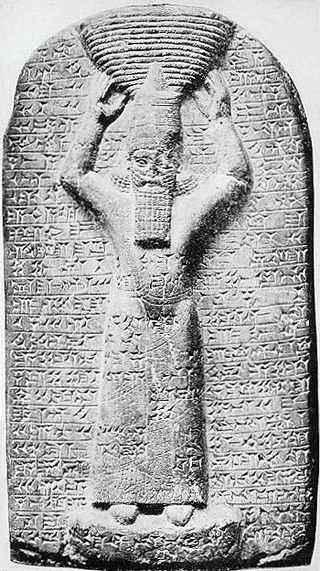
The library was built in modern-day northern Iraq, near the city of Mosul. The materials from the library have been discovered by Sir Austen Henry Layard, an English traveler, and archaeologist, in the archaeological site of Kouyunjik, Nineveh.
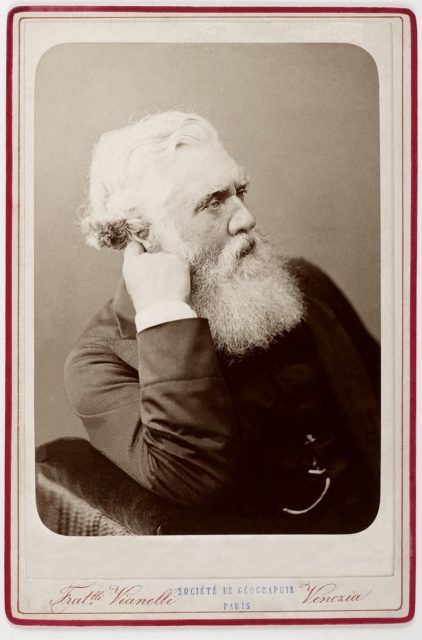
According to some theories, the Library of Alexandria was inspired by the Library of Ashurbanipal. Alexander the Great was amused by it and wanted to create one in his kingdom. He started the project which was completed by Ptolemy after Alexander’s death.
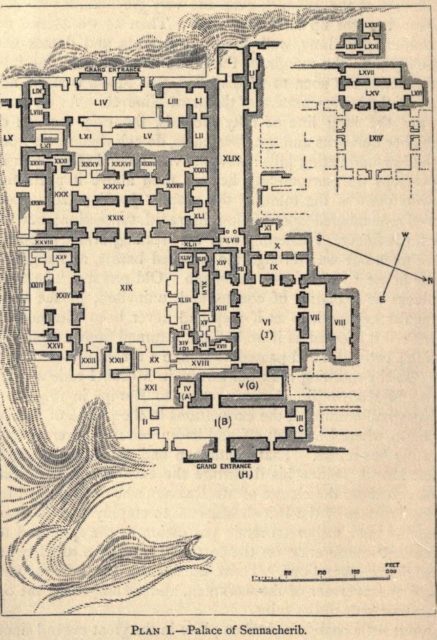
Ashurbanipal was an educated man and proud of it. He had stated: “I, Assurbanipal within (the palace), took care of the wisdom of Nebo, of all the inscribed and clay tablets, of their mysteries and difficulties which I solved.”
He was an excellent mathematician and one of the very few Kings who were able to read the cuneiform script in Akkadian and Sumerian.
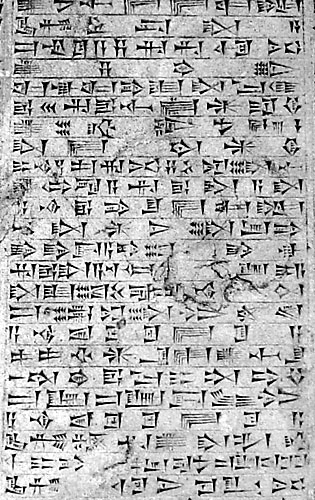
He reigned from 668 to 627 BC, and during this time he collected texts from all over Mesopotamia, especially from Babylonia. Much of the original material has been damaged and impossible for reconstruction. Many of the tablets and writing boards are severely damaged fragments.
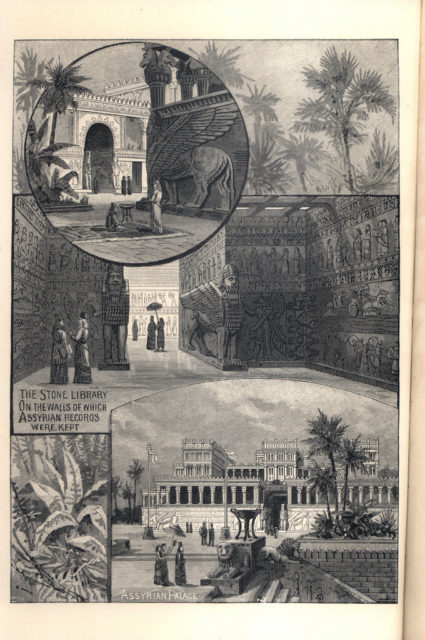
The collected texts were on medicine, astronomy, and literature. Over 6,000 of the discovered tablets’ content was on legislation, foreign correspondences and engagements, aristocratic declarations, and financial matters. The rest was on divinations, omens, incantations, and hymns to various gods.
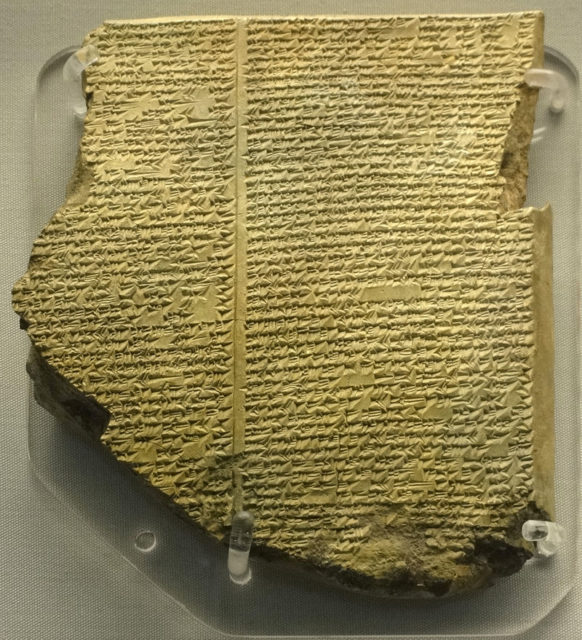
Most of the texts were mainly written in Akkadian in the cuneiform script while others were written in Assyrian.
Among the epics and myths was the masterpiece “Epic of Gilgamesh,” the myth of Adapa, the Babylonian creation myth “Enûma Eliš,” and stories such as “The Poor Man of Nippur.”
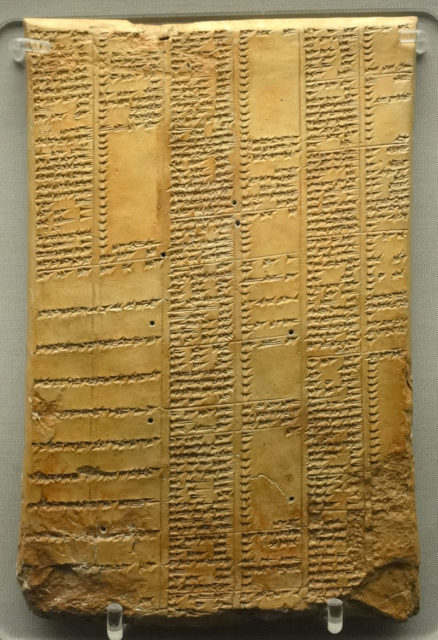
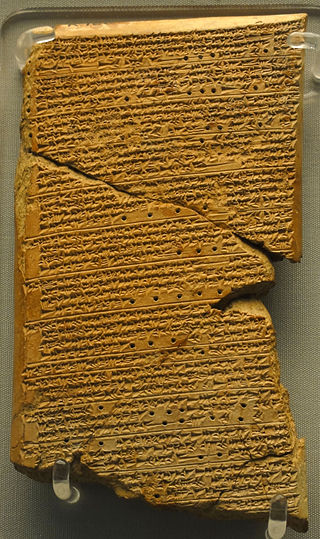
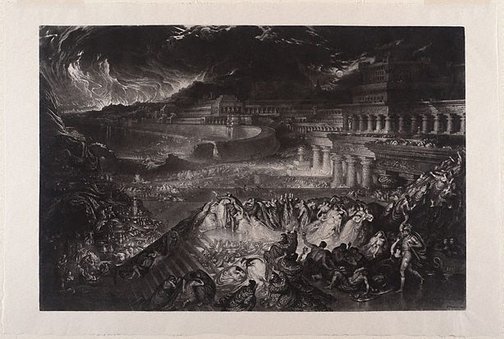
It is ascertained that the library burned in a fire during 612 BC when Nineveh was destroyed. However, in the fire were preserved the tablets for the next two millennia until their rediscovery in 1849.
All of the discovered Ashurbanipal Library’s collection is now part of the British Museum’s holdings.
